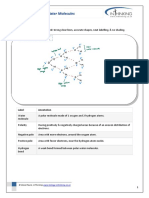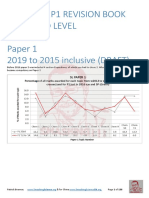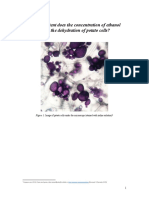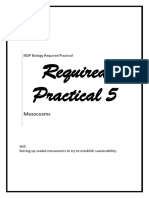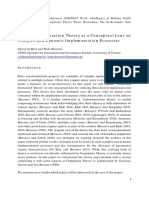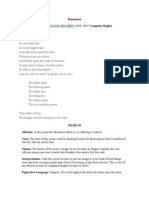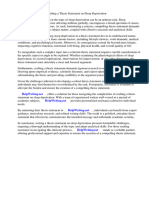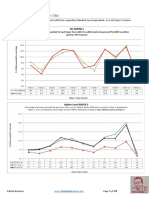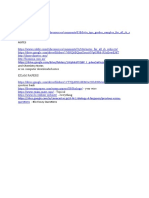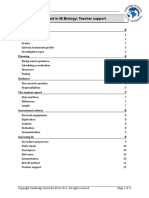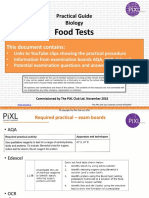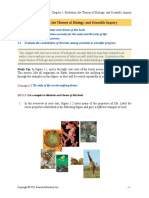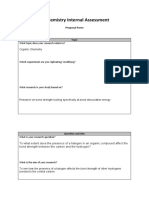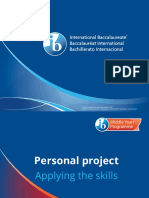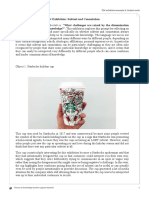100% found this document useful (1 vote)
1K views6 pagesIB Doc Evaluating 13 Scenarios of Artificial Intelligence (AI) in Student Coursework
Uploaded by
koyitaaCopyright
© © All Rights Reserved
We take content rights seriously. If you suspect this is your content, claim it here.
Available Formats
Download as PDF, TXT or read online on Scribd
100% found this document useful (1 vote)
1K views6 pagesIB Doc Evaluating 13 Scenarios of Artificial Intelligence (AI) in Student Coursework
Uploaded by
koyitaaCopyright
© © All Rights Reserved
We take content rights seriously. If you suspect this is your content, claim it here.
Available Formats
Download as PDF, TXT or read online on Scribd
/ 6


















